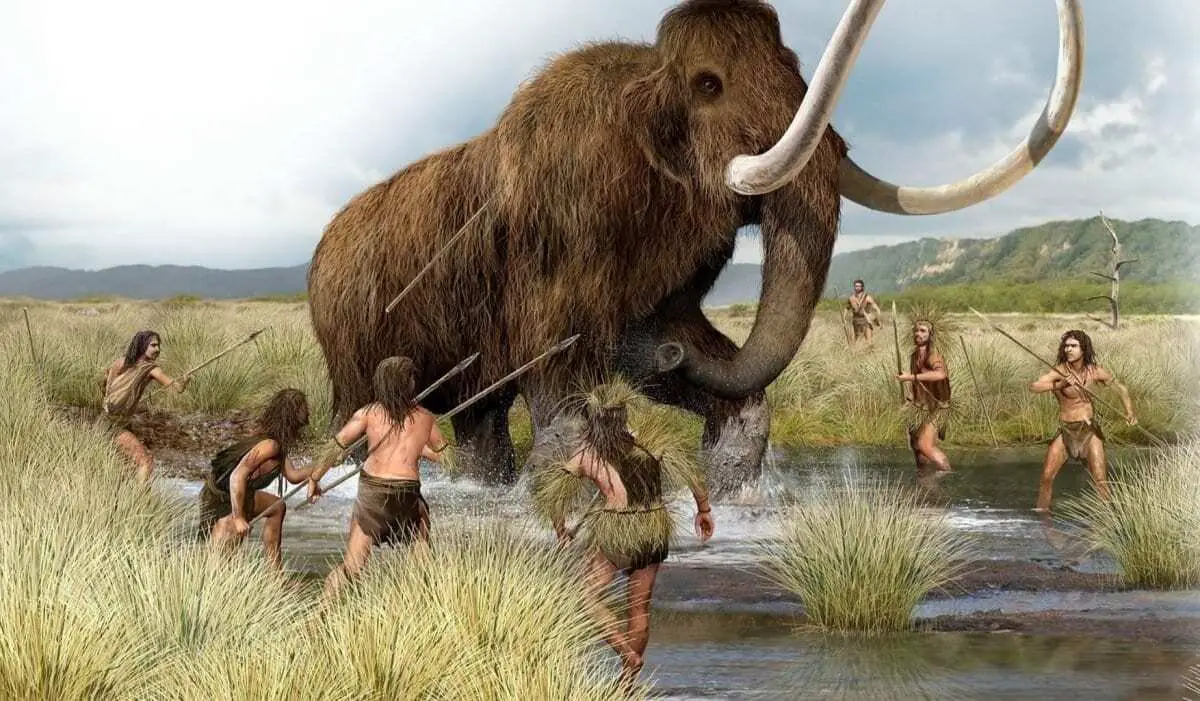Hurricane Hanna hits regions of Texas and Mexico devastated by COVID-19
By Trévon Austin WSWS
27 July 2020
Hurricane Hanna, the first hurricane of the Atlantic season, made landfall on Padre Island late Saturday afternoon, according to the National Hurricane Center. Weakening rapidly after it hit land, now Tropic Storm Hannah continues to batter southern Texas and northeast Mexico with high winds and heavy rain, regions already devastated by the COVID-19 pandemic.
Prior to Hanna’s landfall, the National Hurricane Center issued a storm surge warning for a section of the Texas coast ranging from Port Mansfield to Mesquite Bay. Widespread flooding was reported along the coast with an average of 4-6 inches of rainfall, but some areas have seen as much as a foot of rain. The energy provider in the region reported more than 90,000 homes were without power in the region at the time of this writing.
Areas across southern Texas expected an additional 5-10 inches of rainfall throughout Sunday morning, although some localized areas saw up to 18 inches of water. Meteorologists warned that the Rio Grande Valley was especially susceptible to severe flooding. Texas Governor Greg Abbot said flooding in the region was expected to be “life-threatening.” Abbot issued a disaster declaration for 32 counties directly in the path of Hanna and has requested federal aid.
Tamaulipas and Nuevo Leon, Mexico’s most northeastern states took a significant hit from the storm as well. Francisco Cabeza de Vaca, Tamaulipas’ governor, tweeted that the state had prepared shelters and implemented disinfecting measures to avoid spreading the coronavirus. Additionally, Mexico’s civil protection department sent rescue boats and other equipment to Nuevo Leon in anticipation of heavy rains.
In Matamoros, Mexico, just across the border from Brownsville, Texas, immigrant advocates worried about the hurricane’s impact on a makeshift migrant camp near the Rio Grande where approximately 1,300 asylum seekers lived. The migrants, including newborns and elderly, have been forced to wait in Mexico under the Trump administration’s “Remain in Mexico” immigration policy.
Before Hurricane Hanna landed, Abbot reminded Texans of the dismal state of the COVID-19 outbreak. The situation could worsen in the face of a natural disaster displacing people from their homes.
“Any hurricane is an enormous challenge,” Abbot said in a Saturday news conference. “This challenge is complicated and made even more severe seeing that it is sweeping through an area that is the most challenged area in the state for COVID-19.”
Abbot mustered seventeen COVID-19 mobile response teams and 1,000 medical personnel from the Texas National Guard to send to the area. Emergency resources were dispatched to the Rio Grande Valley and Coastal Bend region. These two areas are among those most devastated by COVID-19.
South Texas has been of particular concern to medical officials. During the first two weeks of July, the area recorded more than 2,000 new coronavirus infections each week. In Nueces County, home to Corpus Christi, at least 2 percent of the population was infected prior to the storm. As people cramp into shelters to stay safe from flooding, experts expect a rise in cases in the region.
The virus did not always have such a staggering presence in the region. Before April 30, when Texas’ stay-at-home order was allowed to expire, Nueces County only reported fewer than 100 cases and three deaths. However, Memorial Day celebrations, encouraged by Donald Trump, saw droves of people gather in the popular beachfront communities on Texas’ coast. Now, the region is experiencing a spike in cases.
Just last Friday, an infant less than six months old tested positive for COVID-19 and died soon after. Earlier this week, an intubated COVID-19 patient had to be flown some 700 miles, from Harlingen to Amarillo, due to a severe lack of ICU beds in the area.
The South Texas Health System, already inundated with a surge of sick and dying patients, tried to send the patient to closer facilities but the Northwest Texas Healthcare System was the closest hospital system that had the capacity to take the patient. The fact that no other Texas facility within 700 miles could take the patient exposes the severity of the crisis throughout the state.
Sections of South Texas, particularly the Coastal Bend and the Rio Grande Valley, have seen infections spread so quickly that local hospitals have been pushed to the limit. Four counties near the southernmost tip of the state have a total of just 21 ICU beds available for a population of approximately 1.4 million people. Ambulance drivers have reported wait times of up to 10 hours to deliver patients to overwhelmed emergency rooms. Some hospitals have begun turning away patients with a predicted low survival rate.
Areas that were relatively unaffected in the first few months of the pandemic are slowly moving towards crisis. Experts say they are seeing increases in community spread in urban and rural areas, leading to dozens of hot spots that will be difficult to contain.
The northeastern region of Mexico houses one of the main concentrations of maquiladoras— sweatshops run by transnational corporations—in the country. The region is a hotspot for infections and deaths in Mexico as thousands of workers are forced to work in unsafe conditions for the sake of profit.
The full impact of the storm on the region’s COVID-19 outbreaks has yet to be seen. However, the natural disaster reveals the impotency of the ruling in elites in the United States and Mexico which have been proven entirely unwilling to take the necessary measures to suppress the spread of the coronavirus. In combination with the devastation wrought by a natural disaster, the pandemic will continue to ravage the population under the malign neglect of the bourgeoisie.
Amadeo Bordiga 1951
Murder of the Dead
First Published: Battaglia Comunista No. 24 1951;
Source: http://www.geocities.com/CapitolHill/Lobby/3909/bordiga0.html;
HTML Mark-up: Andy Blunden 2003.
Source: http://www.geocities.com/CapitolHill/Lobby/3909/bordiga0.html;
HTML Mark-up: Andy Blunden 2003.
In Italy, we have long experience of “catastrophes that strike the country” and we also have a certain specialisation in “staging” them. Earthquakes, volcanic eruptions, floods, rainstorms, epidemics... The effects are indisputably felt especially by poorer people and those living at high densities, and if cataclysms that are frequently much more terrifying strike all corners of the world, not always do such unfavourable social conditions coincide with geographical and geological ones. But every people and every country holds its own delights: typhoons, drought, tidal waves, famine, heatwaves and frosts, all unknown to us in the “garden of Europe”; and when one opens the newspaper, one inevitably finds more than one item, from the Philippines to the Andes, from the Polar Ice Cap to the African Desert.
Our capitalism, as has been said a hundred times over, is quantitatively small fry, but today it is in the vanguard, in a “qualitative” sense, of bourgeois civilisation, of which it offers the greatest precursors from amidst Renaissance splendour[1], in the masterful development of an economy based on disasters.
We wouldn’t dream of shedding a single tear if a monsoon washed away entire cities on the coast of the Indian Ocean, or if they were submerged by the tidal waves caused by submarine earthquakes, but we have found out how to collect alms from all over the world for the Polesine.
Our monarchy was great in knowing to rush not to the dance (Pordenone), but to where people are dying of cholera (Naples), or to the ruins of Reggio and Messina, raised to the ground by the earthquakes of 1908. Now our puffed-up President[2] has been taken off to Sardinia and, if the stalinists haven’t been fibbing, they have shown him teams of “Potemkin workers” in action, that then run to the other side of the stage like the warriors in Aida.[3] It was too late to pull the homeless out of the flooding Po, but good play was made of MPs and ministers paddling about in their wellies after setting up cameras and microphones for a world-wide broadcast of their lamentations.
Here we have the bright idea: the state should intervene! And we have been applying it for a good ninety years. The professedly homeless Italian has set state aid in the place of the grace of God and the hand of providence. He is convinced that the national budget has much wider bounds than the compassion of our Lord. A good Italian happily forks out ten thousand lire squeezed out of him so that months and months later he can “squander one thousand lire of the government’s money”. And during one of these periodic contingencies, now fashionably called emergencies but which fall in all seasons, when the central government has scarcely initiated the unfailing provisions and fundings, a band of no less specialised “homeless” will roll up its sleeves and plunge into the business of procuring concessions and the orgy of contracts.
The Minister of Finance of the day, Vanoni, suspends by his authority all other state functions and declares that he will not provide a single brass farthing from the exchequer for all the other “Special Acts” so that all means can be addressed to dealing with the present disaster.
There could be no better proof than this that the state serves for nothing and that if the hand of God really did exist, he would make a splendid present to the homeless of all kinds by causing earthquakes and bankrupting this charlatan and dilettante state.
The foolishness of the small and middle bourgeoisie shines forth at its brightest when it seeks a remedy for the terror that freezes it in the warm hope of a subsidy and an indemnity liberally bestowed upon it by the government. But the reaction of the overseers of the working masses who, they scream, lost everything in the disaster, but unfortunately not their chains, appears no less senseless.
These leaders, who pretend to be “marxists”, have for these supreme situations, which interrupt the well-being of the proletariat derived from normal capitalist exploitation, an economic formula even more foolish than that of state intervention. The formula is well-known: “make the rich pay!”
Vanoni is thus reviled because he was unable to identify and tax high incomes.[4]
But a mere crumb of marxism suffices to establish that high incomes thrive where high levels of destruction occur, big business deals being based on them. “The bourgeoisie must pay for the war!” stated those false shepherds in 1919 instead of inviting the proletariat to overthrow it. The Italian bourgeoisie is still here, and enthusiastically invests its income in paying for wars and other disasters for which it is then repaid four fold.
Yesterday
When the catastrophe destroys houses, fields and factories, throwing the active population out of work, it undoubtedly destroys wealth. But this cannot be remedied by a transfusion of wealth from elsewhere, as with the miserable operation of rummaging around for old jumble, where the advertising, collection and transport cost far more than the value of the worn out clothes.
The wealth that disappeared was that of past, ages-old labour. To eliminate the effect of the catastrophe, a huge mass of present- day, living labour is required. So, if we use the concrete social, not abstract, definition of wealth, we can see it as the right of certain individuals, who form the ruling class, to draw on living contemporary labour. New incomes and new privileged wealth are formed in the mobilisation of new labour, and the capitalist economy offers no means of “shifting” wealth accumulated elsewhere to plug the gap in Sardinian or Venetian wealth, just as one could not take from the banks of the Tiber to rebuild the ones swallowed up by the Po.
This is why it is a stupid idea to tax the ownership of the fields, houses and factories left intact to rebuild those affected.
The centre of capitalism is not the ownership of such investments, but a type of economy which allows the drawing from and profiting from what man’s labour creates in endless cycles, subordinating the employment of this labour to that withdrawal.
Thus the idea of resolving the war-time housing crisis with an income freeze on landlords of undamaged houses led to the provision of homes in a worse condition than that caused by the bombing. But the demagogues shout easy arguments so as not to confuse the working masses.
The basis of marxist economic analysis is the distinction between dead and living labour. We do not define capitalism as the ownership of heaps of past, crystallised labour, but as the right to extract from living and active labour. That is why the present economy cannot lead to a good solution, realising with the minimum expenditure of present labour the rational conservation of what past labour has transmitted to us, nor to better bases for the performance of future labour. What is of interest to the bourgeois economy is the frenzy of the contemporary work rhythm, and it favours the destruction of still useful masses of past labour, not giving a tupenny-ha’penny damn for its descendants.
Marx explains that the ancient economies, which were based more on use than exchange value, did not need to extort surplus labour as much as the present one, recalling the only exception: that of the extraction of gold and silver (it is not without reason that capitalism arose from money) where the worker was forced to work himself to death, as in Diodorus Siculus.
The appetite for surplus labour (Capital Vol. I, Ch. 10, Section 2: “The Greed for Surplus Labour”) not only leads to extortion from the living of so much labour power as to shorten their lives, but does good business in the destruction of dead labour so as to replace still useful products with other living labour. Like Maramaldo,[5] capitalism, oppressor of the living, is the murderer also of the dead: “But as soon as people, whose production still moves within the lower forms of slave-labour, corvée-labour, etc., are drawn into the whirlpool of an international market dominated by the capitalist mode of production, the sale of their products for export becoming their principal interest, the civilised horrors of over-work are grafted on the barbaric horrors of slavery, serfdom, etc.” [6]
The original title of the paragraph quoted is “Der Heisshunger nach Mehrarbeit”, literally; “The voracious appetite for surplus labour”.
Small scale capitalism’s hunger for surplus labour, as set out in our doctrine, already contains the entire analysis of the modern phase of capitalism that has grown enormously: the ravenous hunger for catastrophe and ruin.
Far from being our discovery (to hell with the “discoverers”,[7] especially when they sing even the scale out of tune, then believe themselves to be creators), the distinction between dead and living labour lies in the fundamental distinction between constant and variable capital. All objects produced by labour which are not for immediate consumption, but are employed in a further work process (now one calls them producer goods), form constant capital. “Therefore, whenever products enter as means of production into new labour processes, they lose their character of being products and function only as objective factors contributing to living labour.” [8]
This is true for main and subsidiary raw materials, machines and all other types of plant which progressively wear out. The loss due to wear which has to be compensated for requires the capitalist to invest another quota, always of constant capital, which current economics calls amortisation. Depreciate rapidly, that is the supreme ideal of this grave-digging economy.
We recalled a propos “the body possessed by the devil” [9] how, in Marx, capital has the demoniacal function of incorporating living labour into dead labour which has become a thing. What joy that the Po’s embankments are not immortal, and today one can happily “incorporate living labour into them”! Projects and specifications are ready in a few days. Good boys, you are possessed by the devil!
“Sir, the drawing office of our firm has done its duty in predisposing technical and economic studies: here they are all nice and ready.” And price analysis values the stone of Monselice higher than Carrara marble.[10]
“The property therefore which labour-power in action, living labour, possesses of preserving value, at the same time that it adds it, is a gift of Nature which costs the labourer nothing, but which is very advantageous to the capitalist inasmuch as it preserves the existing value of his capital.” [11]
This value, which is simply “preserved”, thanks always to the operation of living labour, is called the constant part of capital or constant capital by Marx. But: “... that part of capital, represented by [invested in] labour-power [wages], does, [instead] in the process of production, undergo an alteration of value. (...) and also produces an excess, a surplus-value...” [12]
We therefore call it the variable part, or simply variable capital.
The key lies here. Bourgeois economics calculates profit in relation to the constant capital which lies still and doesn’t move: in fact it would go to the devil if the labour of the worker did not “preserve” it. Marxist economics, on the contrary, places profit in relation only to variable capital and demonstrates how the active labour of the proletarian a) preserves constant capital (dead labour), and b) increases variable capital (living labour). This increase, surplus value, is gained by the entrepreneur. This process, as Marx explains, of establishing the rate without taking into account constant capital is like making it equal to zero: an operation current in mathematical analysis where variable quantities are concerned.
Once constant capital is set at zero, gigantic development of profit occurs. This is the same as saying that the enterprise’s profit remains if the disadvantage of maintaining constant capital is removed from the capitalist’s shoulders.
This hypothesis is none other than state capitalism’s present reality.
Transferring capital to the state means that constant capital equals zero. Nothing of the relationship between entrepreneurs and workers is changed, since this depends solely on the magnitude of variable capital and surplus-value.
Are analyses of state capitalism something new? Without any haughtiness we use what we have known since 1867 at the latest. It is very short: Cc = 0.
Let us not leave Marx without this ardent passage after the cold formula: “Capital is dead labour, that, vampire-like, only lives by sucking living labour, and lives the more, the more labour it sucks.” [13]
Modern capital, which needs consumers as it needs to produce ever more, has a great interest in letting the products of dead labour fall into disuse as soon as possible so as to impose their renewal with living labour, the only type from which it “sucks” profit. That is why it is in seventh heaven when war breaks out and that is why it is so well trained for the practice of disasters. Car production in America is massive, but all, or nearly all, families have a car, so demand might be exhausted. So then it is better that the cars last only a short time. So that this is indeed the case, firstly they are badly built with a series of botched parts. If the users break their necks more often, no matter: a client is lost, but there is another car to substitute. Then they call on fashion with a large cretinising subsidy of advertising propaganda, through which everyone wants the latest model, like the women who are ashamed to put on a dress, even if perfectly good, “from last year”. The fools are taken in and it does not matter that a Ford built in 1920 lasts longer than a brand new 1951 model. And finally the dumped cars are not used even for scrap, and are thrown into car cemeteries. Who dares to take one saying: you have thrown it away as if it were worthless, what harm is there in me fixing and reusing it? He would get a kick up the backside and a gaol sentence.
To exploit living labour, capital must destroy dead labour which is still useful. Loving to suck warm young blood, it kills corpses.
So while the maintenance of the Po embankments for ten kilometres requires human labour costing, let us say, one million a year, it suits capitalism better to rebuild them all spending one billion. Otherwise it would have to wait one thousand years. This perhaps means that the nasty fascist government sabotaged the Po embankments? Certainly not. It means that no one has pressed for an annual budget of a miserable million. This is not spent as it is swallowed up in the financing of other “large scale works” of “new construction” which have budget estimates of billions. Now the devil has swept away the embankments, one finds someone with the best motives of sacrosanct national interest who activates the project office and has them rebuilt.
Who is to blame for preferring the large scale projects? The fascists and the official communists. Both of them prattle that they want a productivist, full employment policy. Productivism, Mussolini’s favourite creature, consists in establishing “present day” cycles of living labour out of which big business and big speculation make billions. Let us modernise the aged machines of the great industrialists and also let us modernise the river banks after letting them collapse, all at the people’s expense. The history of the recent years of administrative management of state works and of the protection of industry is full of these masterpieces, ranging from the provision of raw materials sold below cost, to works “undertaken by a state monopoly” in the “struggle against unemployment” on the basis of “constant capital equals zero”. In a few words, let us spend it all in wages, and since the enterprise has only shovels for equipment, the Lord is convinced that it is useful to shift earth first from here to there then immediately back to here again.
If the Lord hesitates, the enterprise has the trade union organiser to hand: a demonstration of labourers shouldering shovels under the ministry’s windows and all’s well. The “discoverer” arrives and supersedes Marx: shovels, the only constant capital, have given birth to surplus value.
Today
Undoubtedly, the size of the disaster along the Po has been massive, and the estimated cost of the damage is still rising. Let us admit that the cultivated area of Italy lost one hundred thousand hectares or one thousand square kilometres, about one three hundredth or three per thousand of the total. One hundred thousand inhabitants have had to leave the area, which is not the most densely settled in Italy, or, in round figures, one five hundredth or two per thousand.
If the bourgeois economy were not mad, one could do a simple little sum. The national stock has suffered a serious blow. However, the zone was only partially destroyed. When the floodwaters recede, the agricultural soil will largely be left behind and the decomposition of vegetation along with the deposition of alluvium will partially compensate for the lost fertility. If the damage is one third of total capital, it costs one thousandth of the national capital. But this has an average income of five per cent or fifty per thousand. If for a year every Italian saved scarcely one fiftieth of his consumption, the damage would be made good.
But bourgeois society is anything but a co-operative, even if the great freebooters of native capital escape Vanoni by demonstrating that “part-ownership” of their enterprises has been distributed among the employees.
All the productivistic operations of Italian and international economy are more or less as destructive as the Paduan disaster: the water entered through one hole and left through another.
Such a problem is insuperable on capitalist grounds. If it were a question of making the arms to provide Eisenhower with his hundred divisions within a year, the solution would be found[14]. These are all short-cycle operations and capitalism is as pleased as Punch if the order for the 10,000 guns is with a delivery date in 100 and not 1,000 days. The steel pool does not exist without reasons.
But a pool of hydrological and seismological organisations cannot be formed, at least not until the great science of the bourgeois period is really able to provoke series of floods and earthquakes, like aerial bombardments.
Here it is a matter of a slow, non accelerable centuries long transmission from generation to generation of the results of “dead” labour, but under the guardianship of the living, of their lives and of their lesser sacrifice.
Let us admit, for example, that the water in the Polesine will recede in a few months and that the breach at Occhiobello is closed before the spring, only one annual harvest cycle would now be lost: no productive “investment” can replace it, but the loss is reduced.
If, instead, one believes that all the Po embankments and those of the other rivers will frequently come apart, due as much to the consequences of overlooked maintenance during thirty years of crisis as to the disastrous deforestation of the mountains, then the remedy will be even slower in coming. No capital will be invested for the good of our great-grandchildren.
Our father wrote in vain that only a few examples of virgin forest remain, growing without the intervention of human labour. The forestry system thus becomes almost man’s work despite the minimum of capital in the operation. Nevertheless, high growing trees, the most important in the public economy, always require a very long period before yielding a useful product. However, forestry science has shown that the best year to fell timber is not that at the end of the maximum life span, but that in which current growth equals average growth, one must always calculate 80, 100 and even 150 years for an oak wood. Di Vittorio and Pastore[15] would fling the book, if they had ever opened it, out of the window.
As in the operetta: steal, steal capital (love) cannot wait...
There is still worse to relate. Relatively little is said of the disaster in Sardinia, Calabria and Sicily. Here the geographical facts differ drastically.
The very slack gradient of the Po valley caused a build-up of water which then swamped over the clay and impermeable soils below. The same reasons in the South and the Islands, of high rainfall and deforestation of the mountains, along with the steep fall down to the sea caused the destruction. The mountain streams washed sand and gravel from the bedrock and destroyed fields and houses, all in a few hours, without, however, causing many victims.
Not only is the sacking of the magnificent forests of Aspromonte and the Sila by the allied liberators irreparable, but here also the renewal of the land swamped by the flood waters is practically impossible, not merely uneconomic for the “investors” and for the “helpers” (more self-interested than the former, if that is possible).
Not only the narrow horizons of cultivable soil, but also the thin non-rocky strata that gave it weak support have been washed away, soil which was carried up many times over decades by the grindingly poor farmers. Every plantation, every tree, the basis of a rather profitable agriculture, and industry in some villages, came down with the soil and the orange and lemon trees floated out to sea.
Replanting a destroyed vineyard takes about two years, but citrus plantations only provide a full harvest after seven to ten years and a great amount of capital is needed to establish and run them. Naturally, the good books do not give the cost of the unthinkable operation of carrying up again, for hundreds of meters, the soil brought down and, in any case, the water would carry it away again before the plant roots could fix it to the subsoil.
Not even the houses can be rebuilt where they were before for technical, not economic reasons. Five or six unfortunate villages on the Ionian coast in the Province of Reggio Calabria will not be rebuilt on their own hill sites, but down by the sea.
In the Middle Ages, after devastation had caused the disappearance of every last trace of the magnificent coastal cities of Magna Graecia, the apex of agriculture and art in the ancient world, the poor agricultural population saved itself from Saracen pirate raids by living in villages built on the mountain tops, which were less accessible and thus more defensible.
Roads and railways were built along the coast with the arrival of the “Piedmontese” government and, where malaria did not prohibit it, where the mountains ran down close to the sea, every village had its “on-sea” near the station. It became so convenient to carry timber away.
Tomorrow only the “on-seas” will remain and there they are laboriously rebuilding some houses. So what then if the peasant reclimbs the slope where nothing can ever take root and the very bare and friable rock strata itself does not permit the rebuilding of houses? And the workers by the sea, what will they do? Today they can no longer emigrate like the Calabrians of the unhealthy lowlands and the Lucanians of the “damned claylands” made sterile by the greedy felling of the woodlands which once covered the mountains and the trees that spread over the upland grazing.
Certainly, in such conditions, no capital and no government will intervene, a total disgrace of the obscene hypocrisy with which national and international solidarity was praised.
It is not a moral or sentimental fact that underlies this, but the contradiction between the convulsive dynamic of contemporary super- capitalism and all the sound requirements for the organisation of the life of human groups on the Earth, allowing them to transmit good living conditions through time.
Bertrand Russell, the Nobel Prize winner, who quietly pontificates in the world press, accuses man of overly sacking natural resources, so much so that their exhaustion can already be calculated. Recognising the fact that the great powers conduct absurd and mad policies, he denounces the aberrations of the individualist economy and tells the Irish joke: why should I care about my descendants, what have they ever done for me?
Russell counts among the aberrations, along with that of mystical fatalism, that of communism which states: if we have done with capitalism, the problem is solved. After such a display of physical, biological and social science, he is unable to see that it is an equally physical fact that the huge level of loss of both natural and social resources is essentially linked to a given type of production, and thinks that all would be resolved by a moral sermon, or a Fabian appeal to the human wisdom of all classes.
The corollary is pitiful: science becomes impotent when it has to solve problems of the spirit?
Those who really achieve human progress, taking decisive steps forward in the organisation of human life, are not really the conquerors and dominators who still dare to ostentate greed for power, but the swarms of insipid benefactors and proponents of the ERP[16] and brotherhood among peoples, like so many pacifist dovecots.
Passing from cosmology to economics, Russell criticises the liberal illusions in the panacea of free competition and has to admit: “Marx predicted that free competition among capitalists would lead to monopoly, and was proved correct when Rockefeller established a virtually monopolistic system for oil.”
Starting from the solar explosion, which one day will instantaneously transform us into gas (which could prove the Irishman right), Russell finishes with maudlin sentiments: “Nations desiring prosperity must seek collaboration more than competition.”
Is it not the case, Mr. Nobel Prize winner, who has written treatises on logic and scientific method, that Marx calculated the development of monopoly fifty years earlier?
If that were good dialectics, the opposite of competition is monopoly, not collaboration.
Take good note that Marx also predicted the destruction of the capitalist economy, class monopoly, not with collaboration, with which you are devoted to flattering all the Trumans and Stalins of good will, but with class war.
Just as Rockefeller came, “big moustache[17] must come!” But not from the Kremlin. That one, despite Marx, is about to shave like an American.
Footnotes
[1] “The first capitalist nation was Italy.” (Engels, “Preface to the Italian Edition of The Communist Manifesto”)
[2] Luigi Einaudi, President of Italy 1948-55.
[3] Potemkin had constructed prefabricated villages to show Catherine II on her tour of the Russian countryside. They gave the impression of rural prosperity, but after each visit they were hastily dismantled then re-assembled elsewhere on the tour.
[4] In early 1951 Vanoni introduced personal income tax to Italy. This tax entered the Guiness Book of Records as the ‘least paid tax in the world’. Still today tax evasion is widespread. (Cf. 11th. ed., 1963, p. 10)
[5] Maramaldo killed the dying General Ferrucci in 1530, the last act of Florentine independence. The British equivalent is Ivo of Ponthieu who hacked at the dying King Harold at Hastings. But he was “branded with ignominy by William and expelled from the army” (Gesta Regun Anglorum). The chivalry of nascent feudalism contrasts favourably with the squalid unscrupulousness of early capitalism.
[6] Capital Vol. I, Chap. 10
[7] Publisher’s Note — The word used in the Italian original is “troviero”. This literally means “finder” and, in the context, actually means something like “someone who thinks they’ve found something important, but they haven’t”, e.g. some bourgeois apologist who thinks they have refuted Marx. There is no obvious English equivalent so “discoverer”, with the inverted commas, will have to do.
[8] Capital Vol. I, Chap. 10
[9] In this collection.
[10] Monselice: the nearest stone quarries to the Po, Carrara: the main centre of marble production in Italy.
[11] Capital Vol. I, Chap. 8
[12] ibid.
[13] Capital Vol. I, Chap. 10, Section 1
[14] The article refers to the start of the Korean War.
[15] The “communist” and “catholic” union leaders of the period respectively.
[16] The European Recovery Programme, the “Marshall Plan”.
[17] i.e. Stalin, “Uncle Joe”.
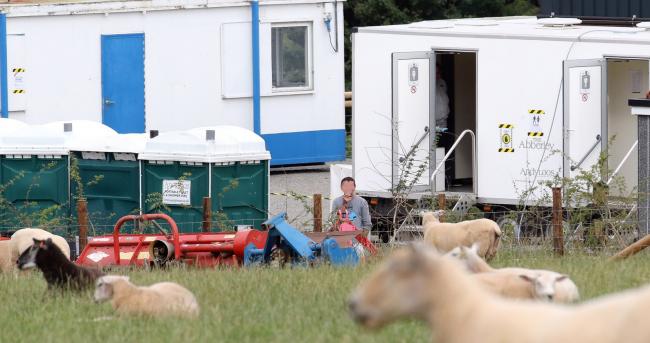
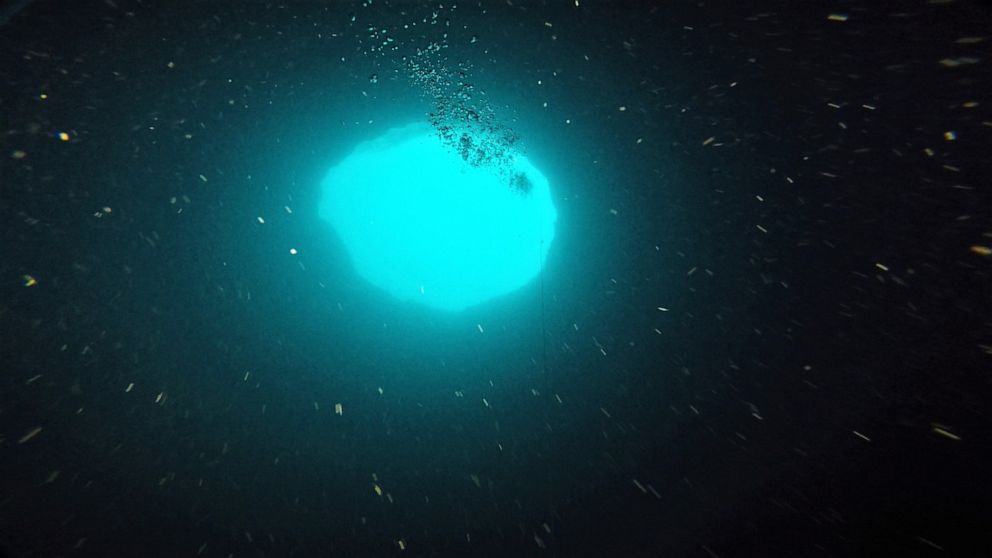
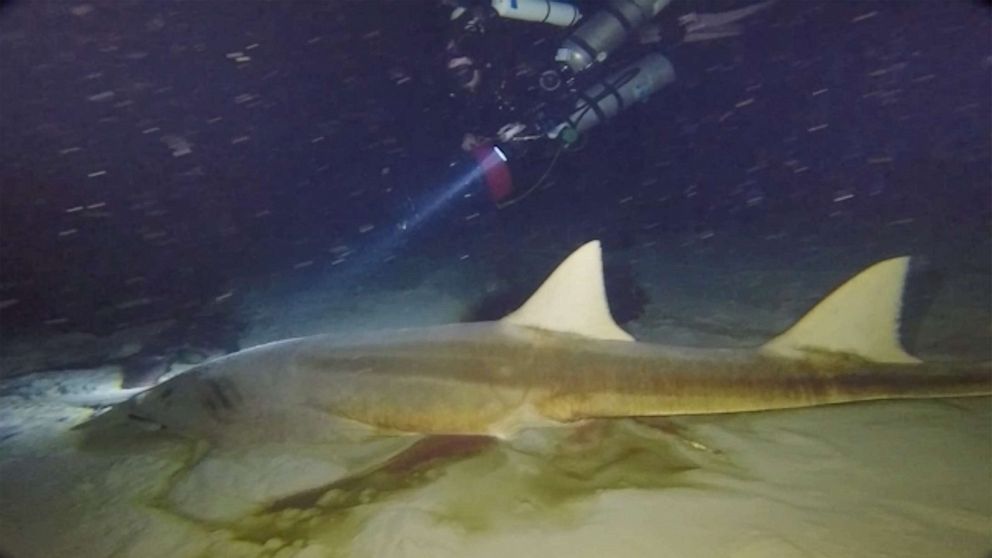
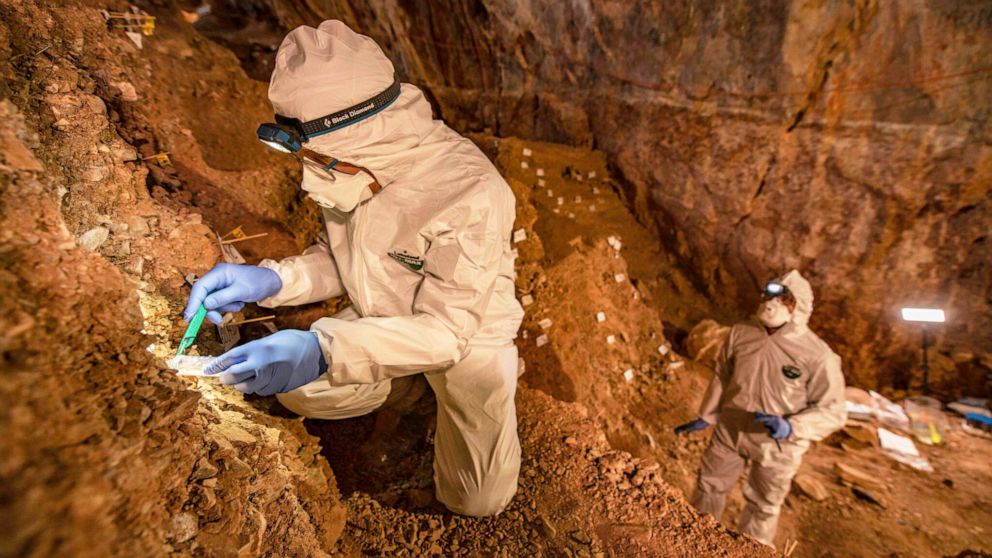
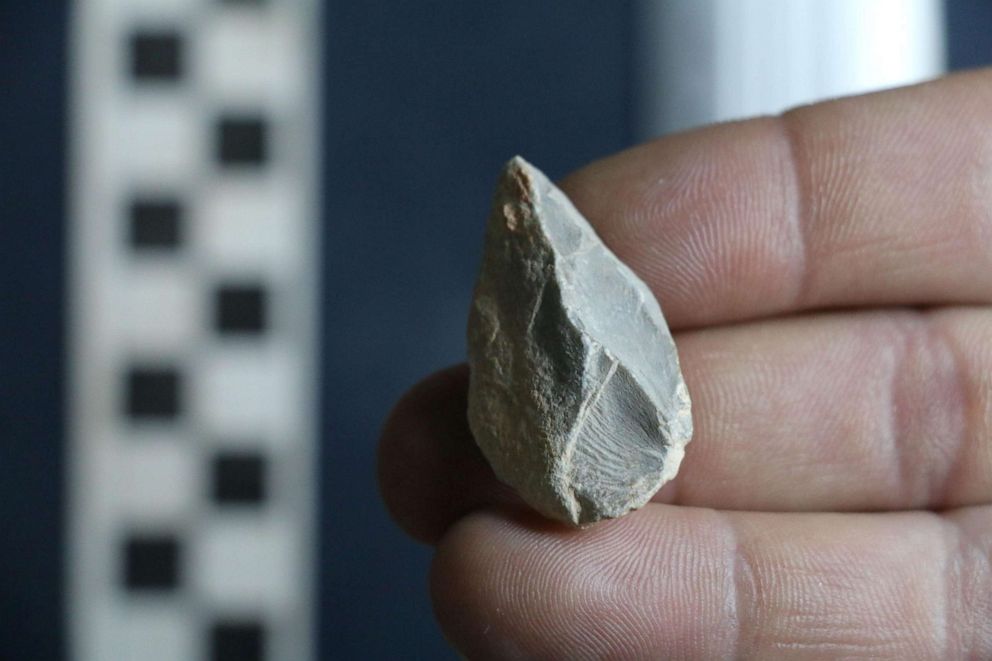
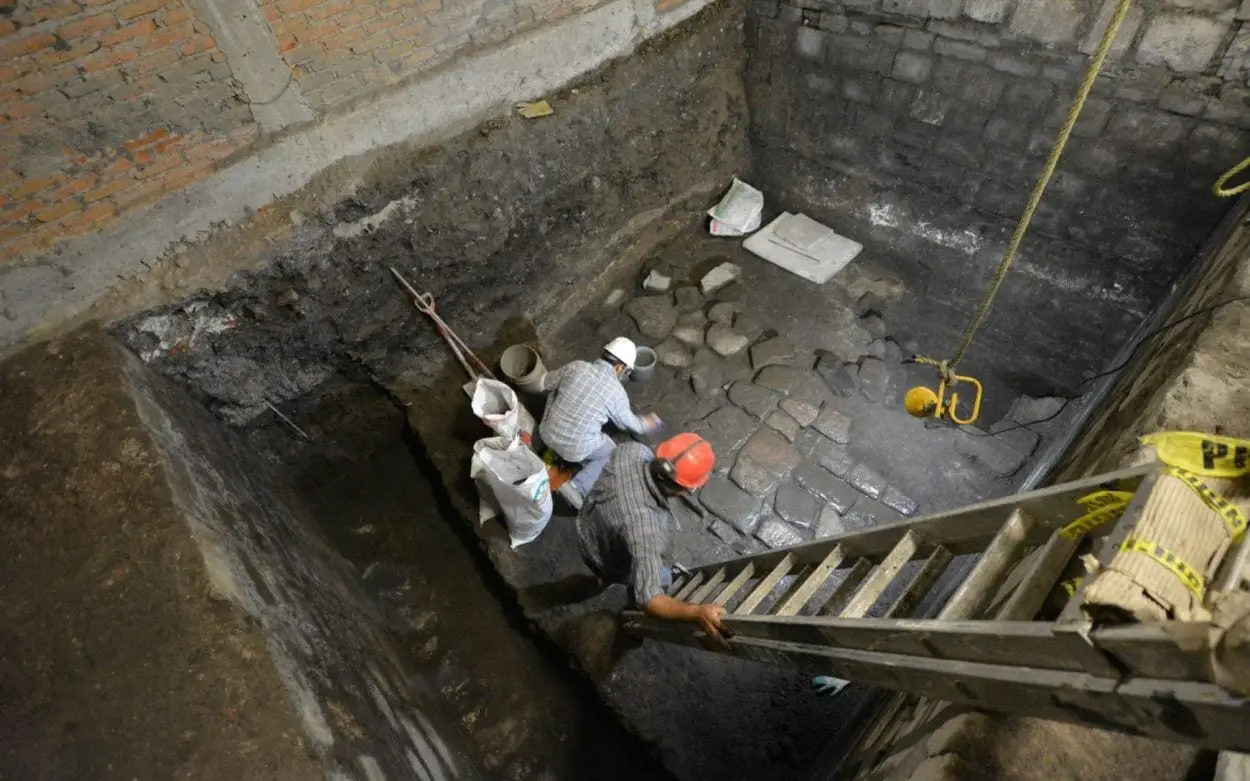
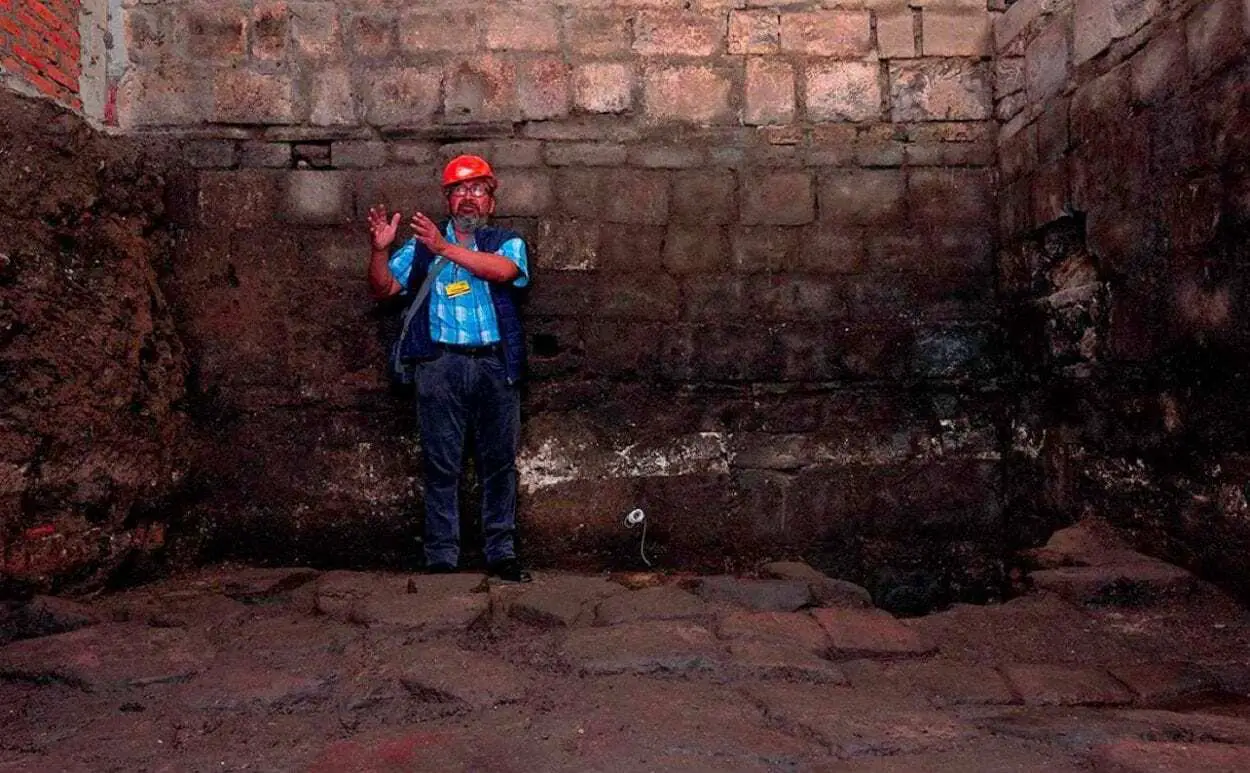
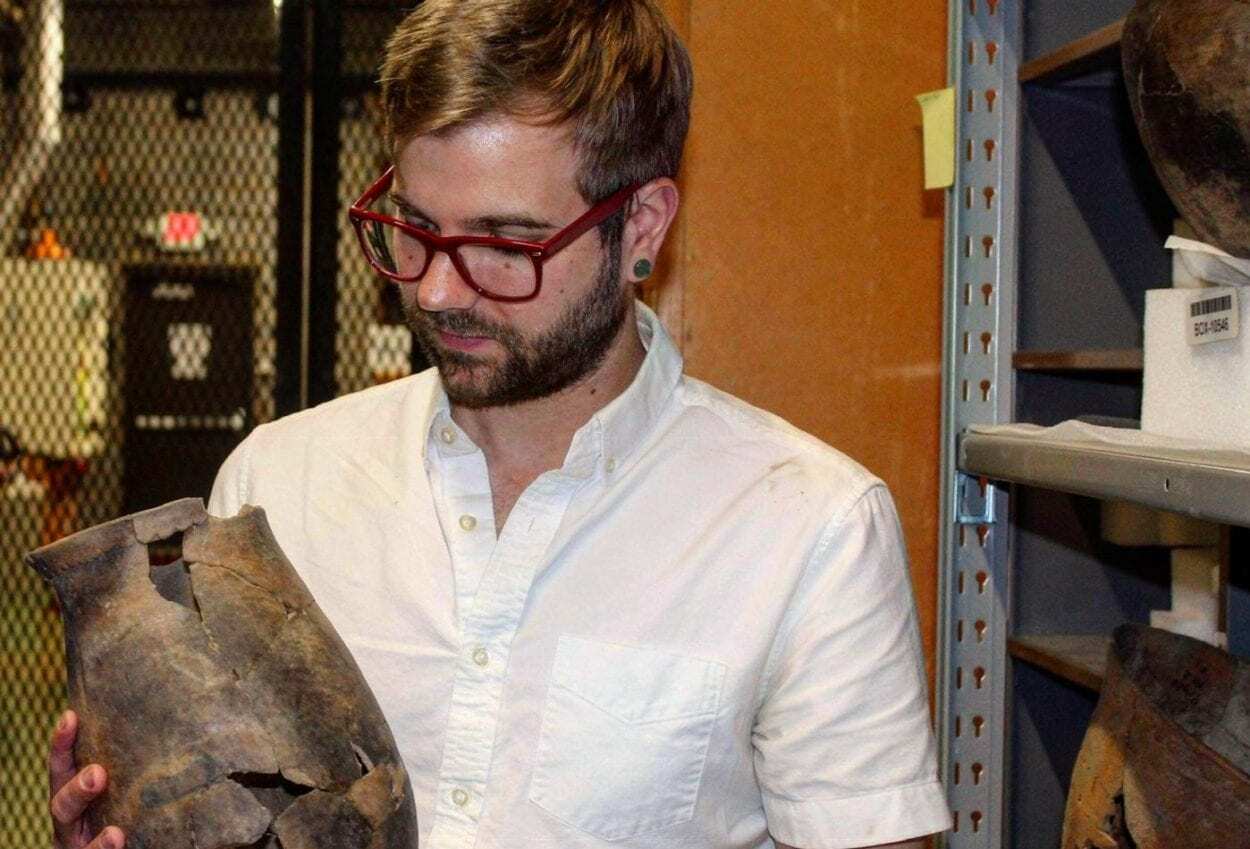
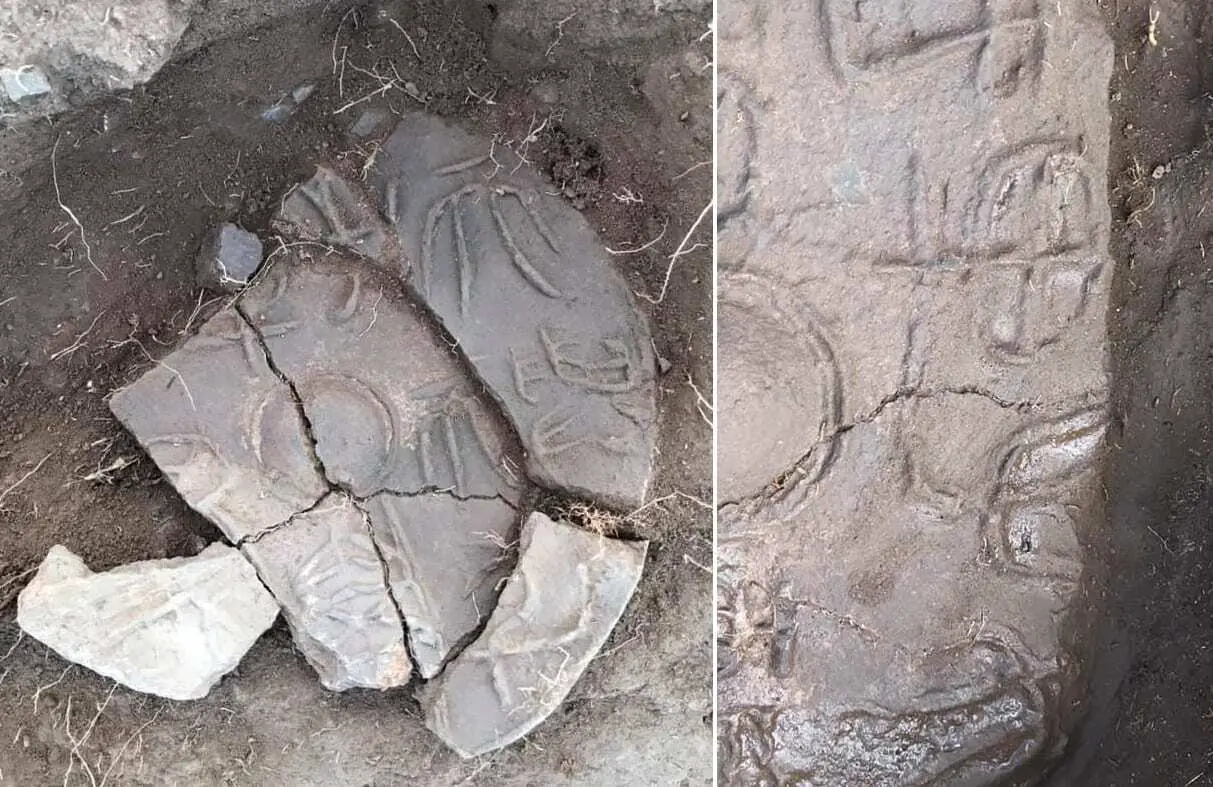
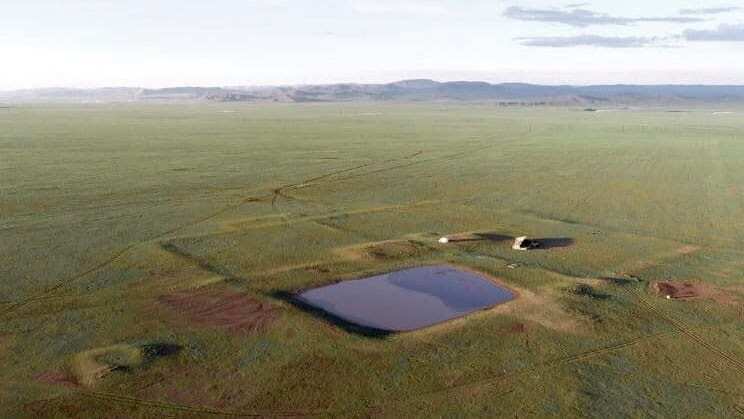

 Image Credit : Google
Image Credit : Google